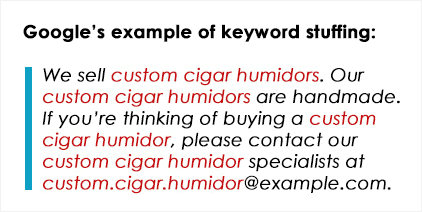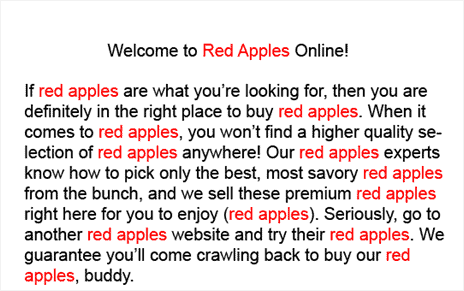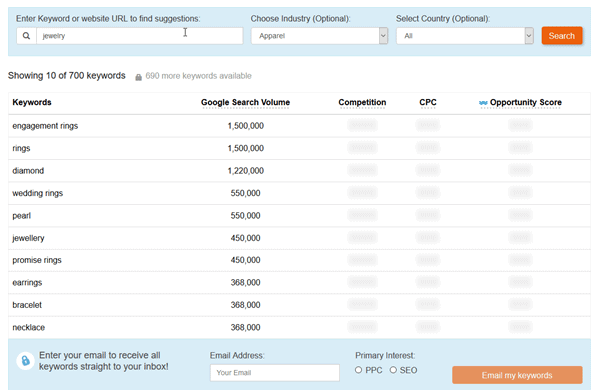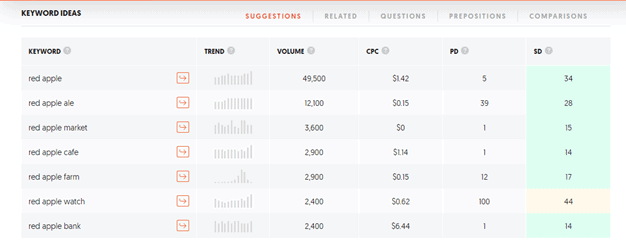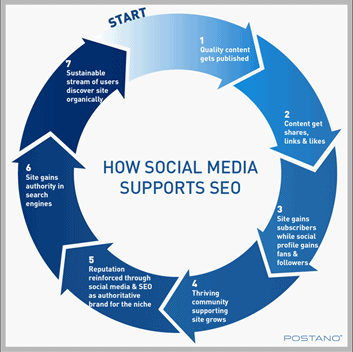RELATED KEYWORDS
As well as your main keyword, use others that are related. For example, if you are writing about the importance of data quality, terms like “assessing your data,” “data integrity,” “data accuracy,” “enhancing data analytics,” and others will also help your search engine optimization. Using related keywords helps to avoid stuffing while also positively impacting search engine rankings.
An excellent way to try and avoid keyword stuffing on your pages is to assign a primary phrase to each bit of content. Once a target keyword has been used on a page, do not use it on subsequent pages, ensuring everything is unique, and you don’t have content competing against each other. A keyword difficulty tool can help you work out which to assign to your pages, factoring in the competition and popularity.

